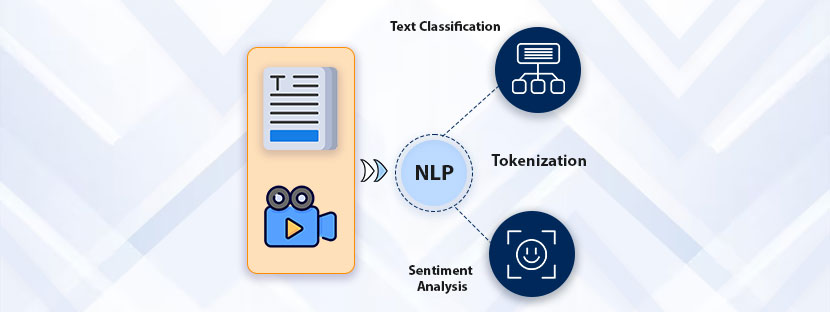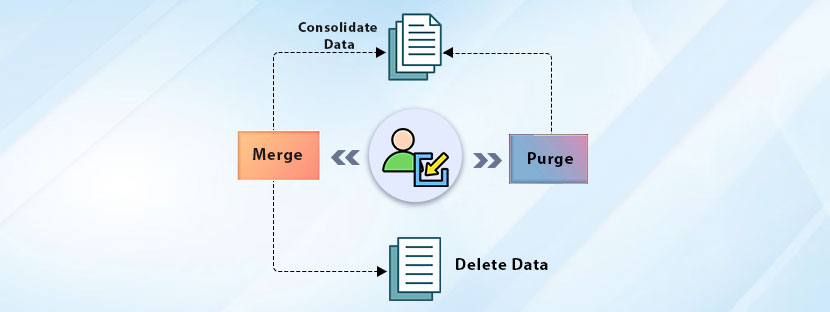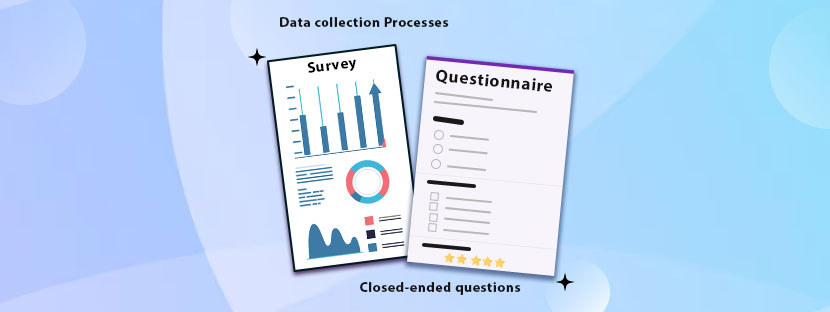In This Article
You may want to have your conversion go on with ChatGPT. Cause you finally found some bot that really has the same wavelength as yours. Is that so?
If it is, then you are experiencing the power of highly advanced NLP methods techniques embedded into ChatGPT. Because of this, you are getting the responses in the way that you want.
Well, the flow of your communication with the computer is seamlessly happening because of NLP (Natural Language Processing). Basically, it empowers computers to understand, comprehend, and generate responsive texts to interact with humans.
There’s a variety of ways or techniques that help integrate NLP with AI (Artificial Intelligence). Let’s talk about them in this blog. We’ll also cover some of the powerful applications of NLP integrated with AI in this piece.
Shall we start?
Brief About Natural Language Processing (NLP)
First and foremost, Natural Language Processing (NLP) is a dedicated branch of Artificial Intelligence that deals with the interaction between computers and human intelligence. It interacts with humans through natural language.
Now, imagine you want to develop a new product, and for that, you have collected direct responses from your potential customers. All of them submitted their feedback on your conceptual product through an application. Thus, you have all the data stored in your system. Right?
Okay, so now you need to study those responses and make strategies accordingly. Would you go through all the feedback one after another manually? Well, a big NO. It’s a daunting task, and it can take away all the crucial time that you could invest in strategic thinking.
However, with the integration of NLP methods techniques into your system, you can analyze all your collected feedback in absolute terms. It’s more like analyzing a large amount of feedback and understanding sentiments, concerns, preferences, and much more. NLP provides computers with the ability to understand natural languages and respond accordingly. It helps computers to comprehend the intent, meaning, and emotions of the texts like humans do.
Key NLP Methods Techniques to Consider

NLP is a complex AI topic. It comes with a variety of techniques and analyzing methods for interpreting human language. The key NLP techniques range from simple text processing to advanced degrees of ML (Machine Learning) algorithms. Let’s talk about five such techniques and methods in this section;
Tokenization
One of the key NLP methods techniques is tokenization. It involves breaking up raw and big texts into tiny pieces called tokens. For machine learning, tokenization helps convert unstructured data into a numerical and structured format. For data scientists, these tokens (consisting of words, phrases, sentences, etc) help to understand the context better.
Also, there are various types of tokenization exist, which can be;
Word Tokenization – It separates one word from another based on natural breaks. This includes spaces, punctuation marks, numbers, etc.
Character Tokenization – It breaks the texts into separate characters.
Sub-Word Tokenization – Applying the linguistic rules, it divides the words into separate tokens. It includes prefixes and suffixes.
Here comes an example;
For the sentence “When you did this?”, the tokens would be ‘when’, ‘you’, ‘did’, ‘this’, and ‘?’
Lemmatization & Stemming
Stemming is the base concept that removes affixes from a word. However, this technique does not guarantee whether the word is accurate or not after removing the suffixes. For example, stemming can make the word “better” to “bet”, “making” to “make”, etc.
However, the NLP methods techniques of lemmatization is more sophisticated than stemming. It analyzes the context of the language and then replaces the word with an accurate meaning. For example, it can convert the word “better” to “good”, unlike stemming.
Both techniques are equally useful to cut the noise in textual data. They simplify the texts and ensure the ML models understand the meaning of the words better. As a result, ML models can answer search queries and engage users with relevant contexts.
Text Classification
As the name suggests, “text classification” involves categorizing texts into predefined classes or categories. The division happens based on the content and the context. You can see this method works in spam filters.
The best use of this method is to get the context of the content. With the integration of NLP methods techniques with text classification, it can tag content.
Let’s read the following content first.
‘The writer is a genius. He explored all aspects of human life in this book. Not but least, I like the design of the book and thoroughly enjoyed reading it.’
For the text above, the text classifier output would be – “exploring all aspects of human life, creative book design, an enjoyable read.”
With the help of NLP services, you can train your AI better with all these techniques. That too, without the involvement of your core team. You can make them free from these daunting tasks via outsourcing.
Removal of Stop Words
Stop words basically are fillers that do not carry much meaning in a context. To get the best out of texts, the removal of stop words is required. Removing stop words is necessary for the improvement of the performance of NLP techniques.
Some examples of stop words are ‘and’, ‘the’, ‘is’, ‘for’, ‘this’, ‘that’, etc.
The removal of stop words is a pre-process. It is performed before text classification. Because of that, it reduces the dimensionality of the data and increases the accuracy of the NLP models. Along with that, this process significantly decreases processing time.
Sentiment Analysis
Human natural language involves emotions, attitudes, and opinions. These all are part of language sentiment, which machines can understand with NLP methods techniques. Sentiment analysis assesses the human emotions, attitudes, and opinions associated with natural language.
In the practical sense, sentiment assessment or emotion AI helps understand social media posts, customer reviews, feedback, claims, queries, etc. Overall sentiment analysis is sub-divided into various categories, such as;
Sentiment analysis plays a major role in business operations and strategic decision-making. It provides a better customer experience, after all.
For example, if a customer writes a review like this: “The product deserves a standing ovation for hitting the highest spot of mediocracy. I would highly recommend the product to those who have great average taste and may be happy with a boring life”
The review seems sarcastic, and that is exactly what the machine would understand if the sentiment analysis training was done perfectly.
If you want to explore NLP further, here is the NLP beginners’ guide for you.











